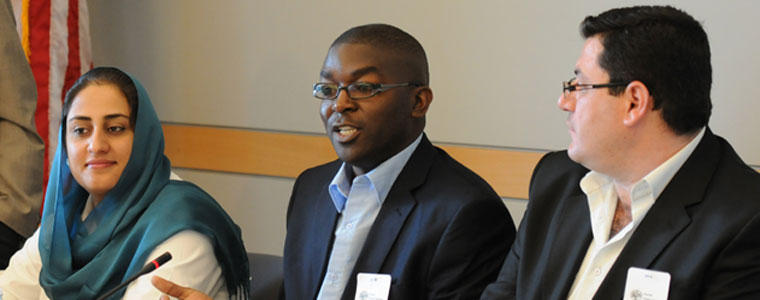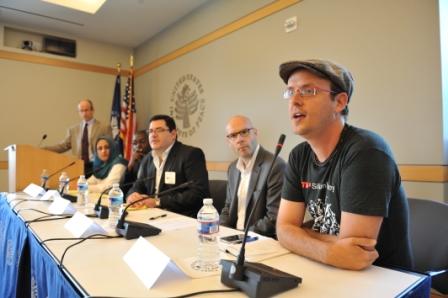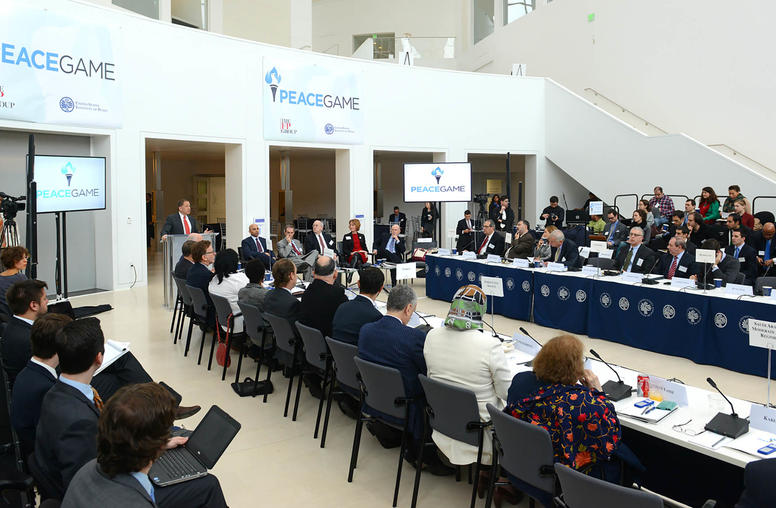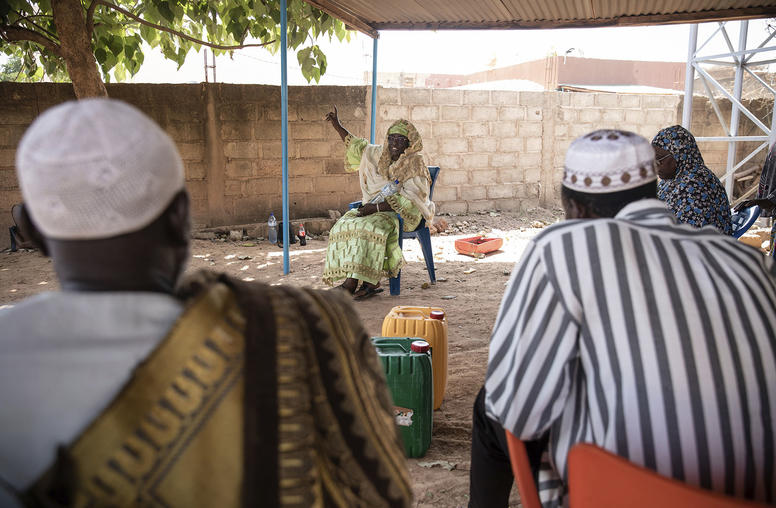From Crisis to Community: Mapping as a Peacebuilding Tool
There has been a surge of enthusiasm and activity around crisis mapping recently, thanks to high profile success stories such as Haiti, Afghanistan, Libya, Egypt, and Kenya. But, as the field matures, how do we turn this information into insight that engages and empowers local communities in conflict prevention and peacebuilding? USIP and Ushahidi, the crisis mapping pioneer, explored these questions with mappers from conflict zone countries and policymakers in Washington, D.C.

But, as the field matures, how do we turn this information into insight that engages and empowers local communities in conflict prevention and peacebuilding? How do we move from “map making” to “problem solving” using the crowdsourced data generated by these powerful technology platforms? What's an appropriate role for governments and international organizations -- "hands-on" or "hands-off?"
USIP and Ushahidi, the crisis mapping pioneer, explored these questions with mappers from conflict zone countries and policymakers in Washington, DC.
This event was part of USIP's week-long Universities for Ushahidi training program.
Speakers:

- Patrick Meier
Director of Crisis Mapping
Ushahidi - Sheldon Himelfarb
Director
Center of Innovation: Science, Technology & Peacebuilding
United States Institute of Peace - Peter Mandaville
Policy Planning Staff, Office of the Secretary of State
U.S. Department of State - Roohafza Ludin
Universities for Ushahidi trainee (Afghanistan) - Osamah Khaleel
Universities for Ushahidi trainee (Iraq) - Aggrey Otieno
Universities for Ushahidi trainee (Kenya)



